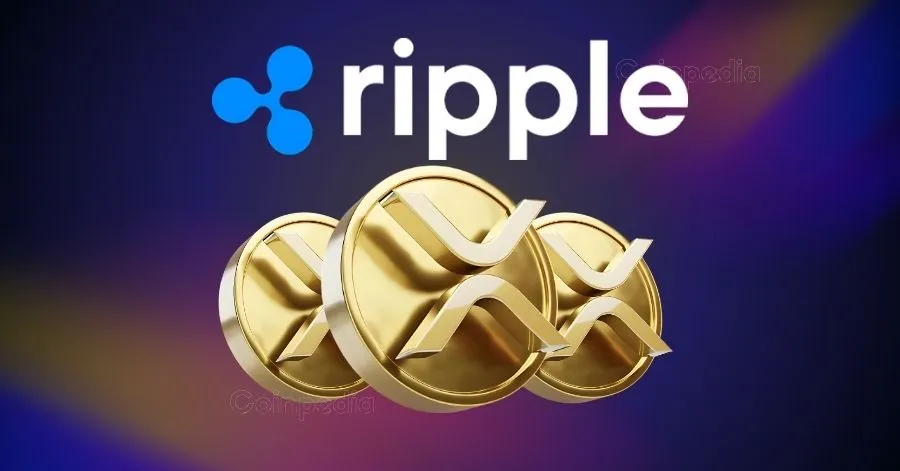
—
The Ripple Effect: How XRP is Reshaping Global Finance
Picture this: a world where sending money across borders is as easy as sending a text message. No more waiting days for transactions to clear, no more outrageous fees eating into your hard-earned cash. Sounds like a utopian dream? Well, dude, Ripple is making it a reality. This blockchain powerhouse isn’t just another crypto player—it’s a financial disruptor with a mission to turn the archaic banking system on its head. And at the heart of it all? XRP, the digital asset that’s evolving from a payment tool into the Swiss Army knife of global finance.
XRP: The Speed Demon of Cross-Border Payments
Let’s get real—traditional banking systems are stuck in the dial-up era. SWIFT? More like *slow*-IFT, with transactions taking days and fees that feel like highway robbery. Enter XRP, Ripple’s secret weapon, which slashes settlement times to a mere 3-5 seconds while keeping costs dirt-cheap. How? Unlike Bitcoin’s energy-guzzling mining process, XRP uses a unique consensus mechanism—a network of validators that confirm transactions faster than you can say “bank fees are a scam.”
Financial institutions are catching on. Imagine a remittance worker in Manila receiving funds from Dubai in real time, without losing a chunk to middlemen. That’s the power of XRP—liquidity on demand, cutting out the inefficiencies that have plagued cross-border payments for decades.
Beyond Payments: XRP’s Expanding Universe
But wait, there’s more. Ripple isn’t just about moving money—it’s building an “Internet of Value.” Think of it as a financial superhighway where currencies, assets, and data flow seamlessly. Take Ripple’s work with Bhutan and Palau, helping these nations launch their own central bank digital currencies (CBDCs). By integrating stablecoins into its ecosystem, Ripple enables banks to ditch the old-school method of pre-funding accounts, freeing up capital and boosting liquidity.
And here’s the kicker: XRP isn’t just for banks. It’s becoming the backbone of decentralized finance (DeFi), enabling everything from micropayments to smart contracts. Imagine paying for your coffee in XRP or using it to collateralize a loan—no bank account needed. That’s the future Ripple is coding into existence.
Regulation, Trust, and the Road to Mass Adoption
Now, let’s address the elephant in the room: crypto’s Wild West reputation. While some blockchain projects treat regulators like the IRS at a frat party, Ripple takes compliance *seriously*. It’s been proactively working with global regulators to ensure its tech is secure, transparent, and legally bulletproof. This isn’t just about avoiding lawsuits—it’s about building trust.
And trust pays off. Over 300 financial giants, from Santander to Standard Chartered, are already on RippleNet, using XRP to streamline transactions. Even in the face of the SEC’s legal drama, Ripple’s partnerships keep growing. Why? Because institutions know Ripple’s solutions aren’t just flashy tech—they’re viable, compliant, and downright revolutionary.
The Bottom Line: XRP’s Trillion-Dollar Potential
So, where does this leave us? XRP is no longer just a “crypto”—it’s a financial infrastructure play. With its blistering speed, expanding use cases, and regulatory savvy, Ripple isn’t just disrupting finance; it’s rewriting the rules.
The takeaway? Whether you’re a bank tired of SWIFT’s nonsense, a government exploring CBDCs, or just someone who hates paying $30 to send $100 abroad, XRP is your ally. The future of money isn’t coming—it’s already here, and it’s wearing Ripple’s logo.
*Mic drop.* 🎤
